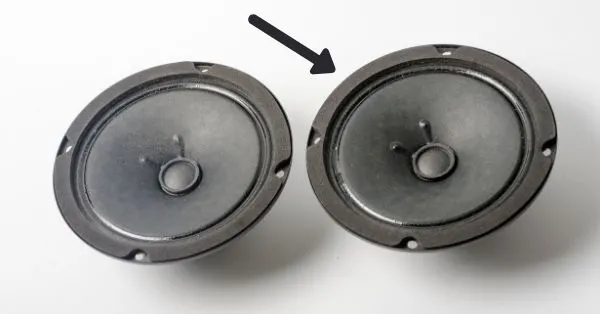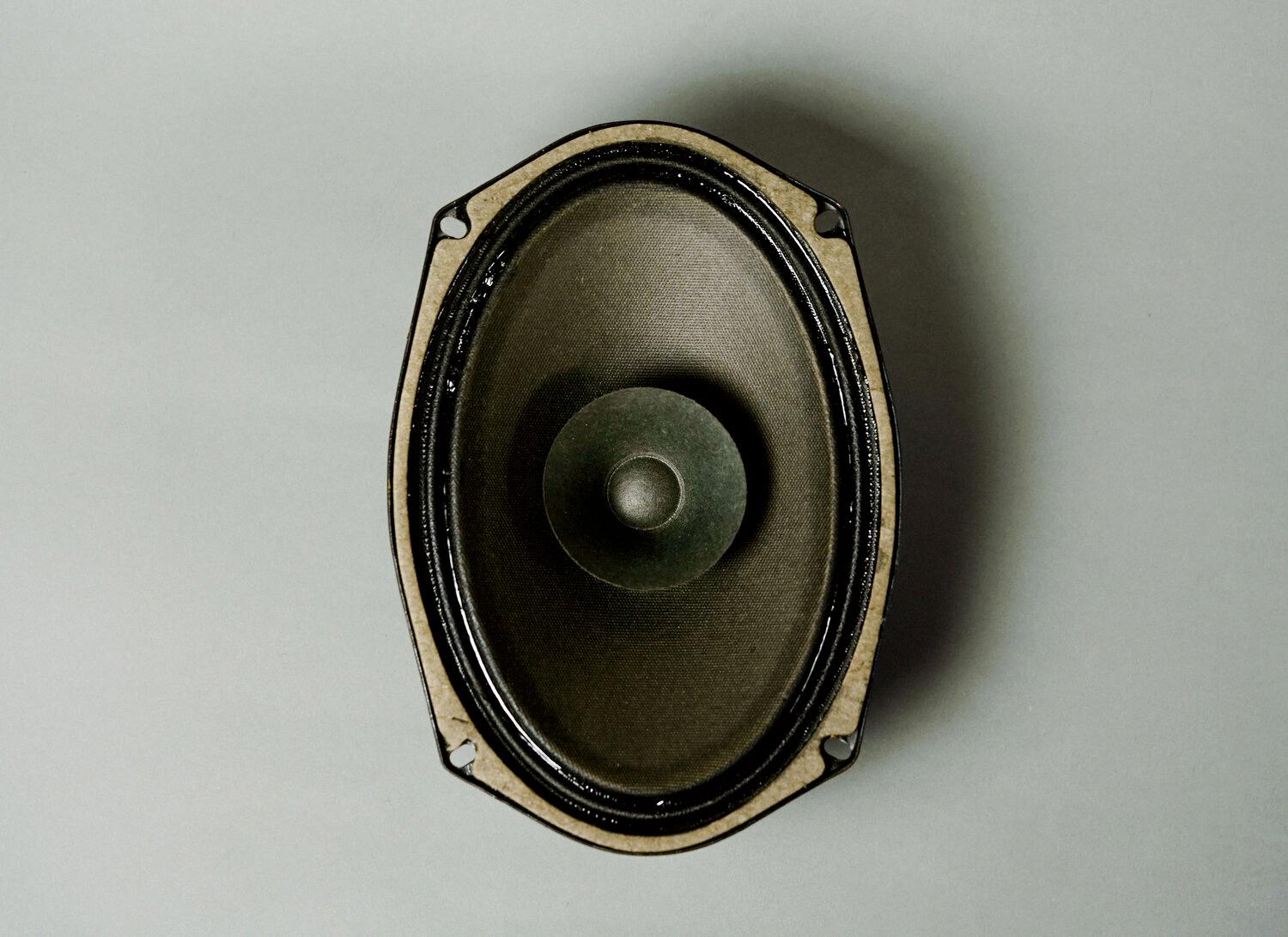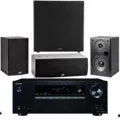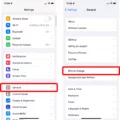When you hear a fuzzy, distorted, and crunchy sound coming out of your speakers, it’s a sign that your speaker is blown out. There are a few scenarios that can cause a speaker to malfunction. A speaker can sustain physical damage to the cone or the voice coil. In some cases, the cause of speaker blow-out is due to electrical damage, such as a power surge, overdriving the speaker, or using speakers that are not compatible with the amplifier.
If you suspect that your speaker is blown out, the first thing you should do is test it using a multimeter. Set the meter to ohms, make sure the speaker is turned off, and touch the lead of the multimeter to the speaker terminals. A reading of 1.0 ohms means the speaker is not blown, but a reading of infinite ohms means it is blown.
Can you fix a blown speaker? The short answer is yes, but the long answer is a bit more complicated. DIY speaker fixing is usually quick and dirty and only done on speakers you don’t really care about having perfect quality, such as in your 20-year-old car. Here are some steps you can take to fix a blown speaker:
1. Identify the Cause of the Blown Speaker: Before fixing your speaker, you should identify the cause of the problem. If the speaker is blown due to physical damage, such as a torn cone, you will need to replace the cone or the entire speaker. If it’s due to electrical damage, you may need to replace the amplifier or use speakers that are compatible with the amplifier.
2. Replace the Cone: If the cone is torn, you can replace it by purchasing a replacement cone and attaching it to the voice coil. This is a delicate process that requires some knowledge of how speakers work. You can find step-by-step instructions online or hire a professional to do it for you.
3. Replace the Voice Coil: If the voice coil is damaged, you will need to replace it. This is a more complicated process that requires removing the speaker from the enclosure, removing the damaged voice coil, and attaching a new one. Again, you can find step-by-step instructions online or hire a professional to do it for you.
4. Use a Repair Kit: If you don’t want to replace the cone or the voice coil, you can use a repair kit to fix your blown speaker. A repair kit usually includes a new cone, voice coil, and spider, along with adhesive and instructions. This is a good option if you’re handy and want to save some money.
Speaker blow-out can be caused by physical or electrical damage, and it can be fixed by replacing the cone or voice coil or using a repair kit. However, it’s usually recommended to leave speaker repair to professionals, especially if you’re dealing with expensive, high-quality speakers. If you’re not sure what to do, consult with a professional audio technician to get the best advice.

Consequences of a Blown-Out Speaker
When a speaker blows out, it typically produces a fuzzy, distorted, and crunchy sound. The sound may still be able to roughly reproduce the signal being sent through it or produce no sound at all. A speaker can blow out due to physical damage to the cone or voice coil. The cone can suffer from wear and tear or be punctured, causing a tear or hole that affects the sound quality. The voice coil can also become damaged, causing it to seize up, which can result in a blown speaker. Additionally, overloading or overpowering the speaker beyond its capacity can also cause it to blow out. In such cases, it is essential to replace the blown speaker or repair it to restore its functionality.

Signs of a Blown-Out Speaker
To determine if a speaker is blown out, you can use a multimeter tester. First, set the meter to ohms and make sure the speaker is turned off. Then, touch the lead of the multimeter to the speaker terminals.
If the reading on the multimeter is 1.0 ohms, it means that the speaker is not blown out. However, if the reading is infinite ohms, it indicates that the speaker is blown out.
It is important to note that a blown-out speaker may also produce distorted or crackling sounds, reduced volume, or no sound at all. If you suspect that your speaker is blown out, it is best to have it checked and repaired by a professional.
In summary, to determine if a speaker is blown out, use a multimeter tester and check the reading on the speaker terminals.
Fixing Blown-Out Speakers
It is technically possible to fix a blown-out speaker. However, it is not recommended for DIY projects as it requires specialized knowledge and skills. Attempting to fix a blown-out speaker without the proper tools and knowledge can result in further damage to the speaker, which may render it unusable. It is advisable to seek the services of a professional to repair a blown-out speaker. This will ensure that the speaker is repaired correctly and that it will function optimally. Additionally, if the speaker is under warranty, attempting to fix it yourself may void the warranty, which can result in additional costs for repairs or replacement.
Conclusion
A blown speaker is a frustrating and often costly problem for audio enthusiasts. Physical damage to the cone or voice coil can result in a distorted or non-existent sound output. Using a multimeter tester can help determine if the speaker is blown, with a reading of infinite ohms indicating a problem. While it is possible to fix a blown speaker, it is not recommended for most people to attempt a DIY repair. It is best to seek professional assistance to ensure the highest quality and longevity of your speaker. Regular maintenance and careful handling can help prevent speaker blowout, ultimately prolonging the life of your audio equipment.








